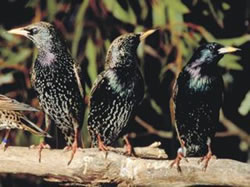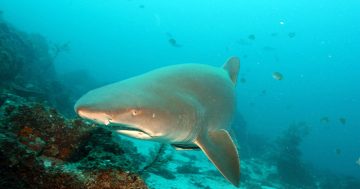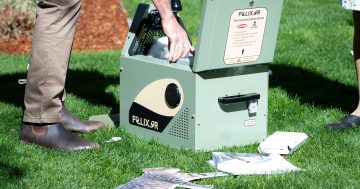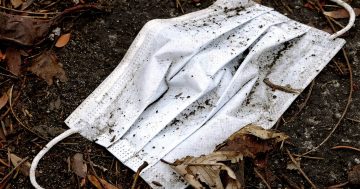 The State’s annual starling control program has begun with the deployment of traps to catch the aggressive bird, considered one of the world’s worst pests.
The State’s annual starling control program has begun with the deployment of traps to catch the aggressive bird, considered one of the world’s worst pests.
In a statement, the Department of Primary Industries and Regional Development (DPIRD) said, to coincide with the starling breeding season, traps were being located along a 300 km stretch of coast between Condingup and Hopetoun, and 200 km along the coastline near the State’s border with South Australia.
Regional Biosecurity Coordinator at the DPIRD, Richard Watkins said while last season’s surveillance efforts caught only one starling in the South Coast traps, five had already been caught this season.
“Our surveillance program is proving year after year to be an effective early warning and removal system for starlings, which we don’t want to establish in Western Australia,” Mr Watkins said.
“The Department has a 50-year history of delivering the control program that continues to keep WA starling free, despite starlings being present in other States,” he said.
Mr Watkins said while starlings predominantly fed on invertebrates, in high numbers they had an impact on cultivated grain and horticultural crops, fouled wool with their droppings, presented a disease risk and displaced native birds.
“They also form large flocks that can foul infrastructure when roosting in built-up areas,” he said.
“We are grateful to the landowners who host traps on their properties and to the bird watchers and general public who vigilantly keep a look out.”
Mr Watkins said starlings (pictured) were small to medium-sized birds which had distinctive glossy black feathers with an iridescent green and purple sheen.











